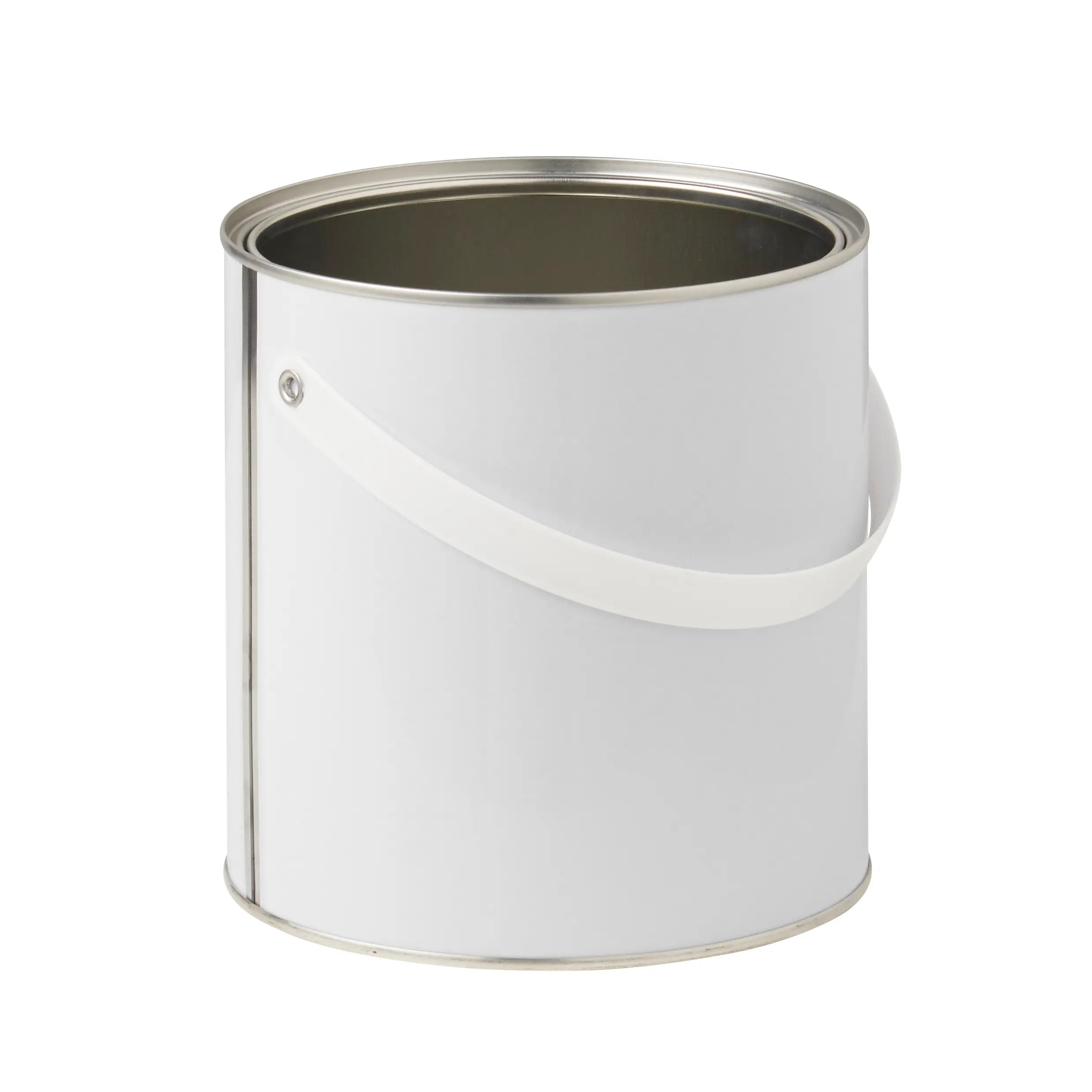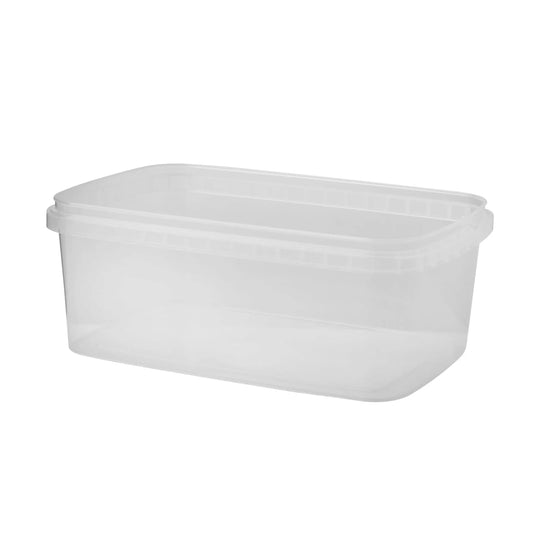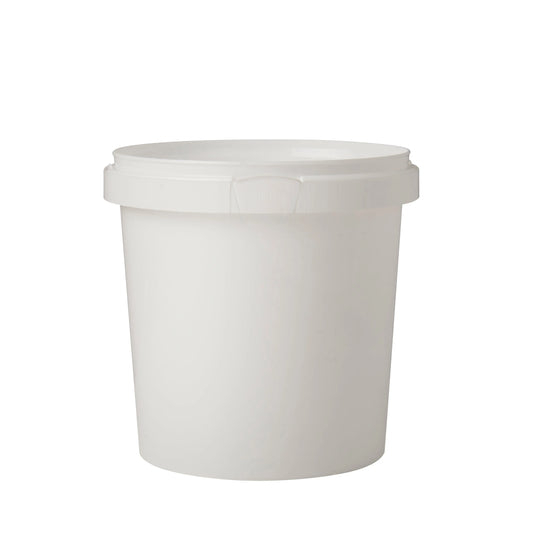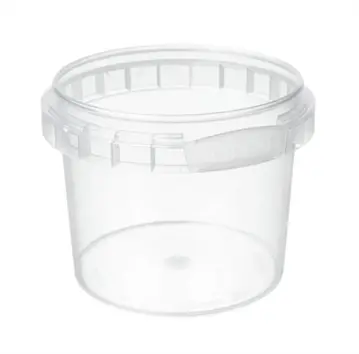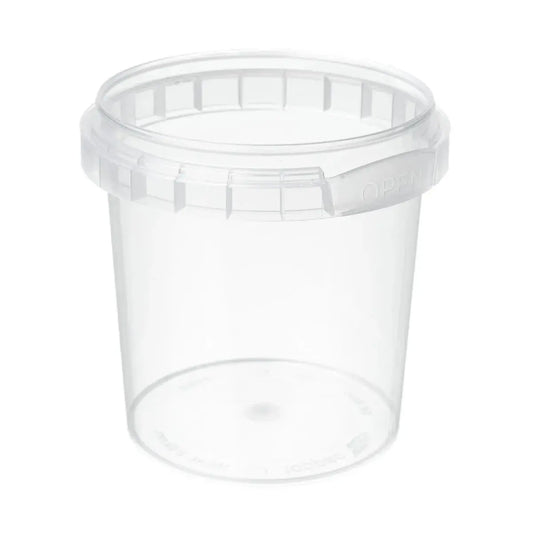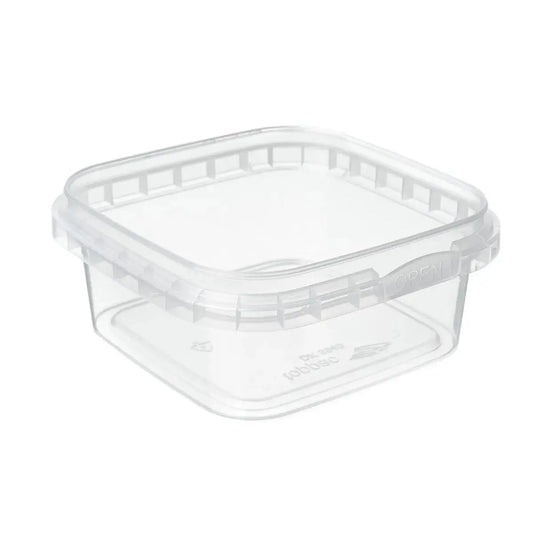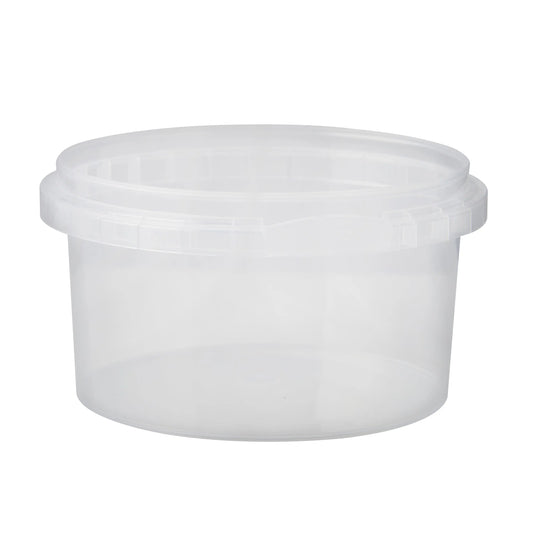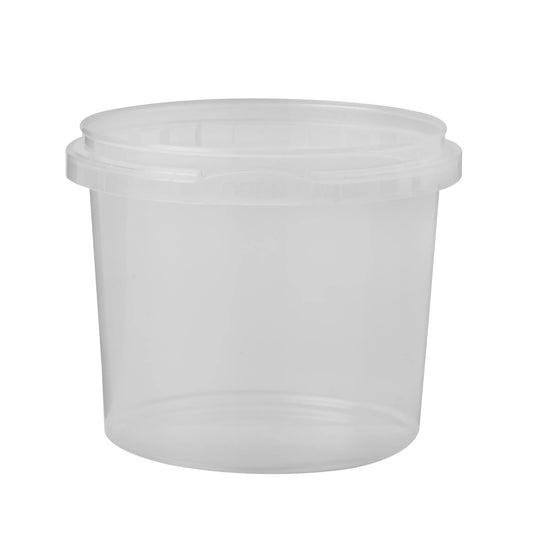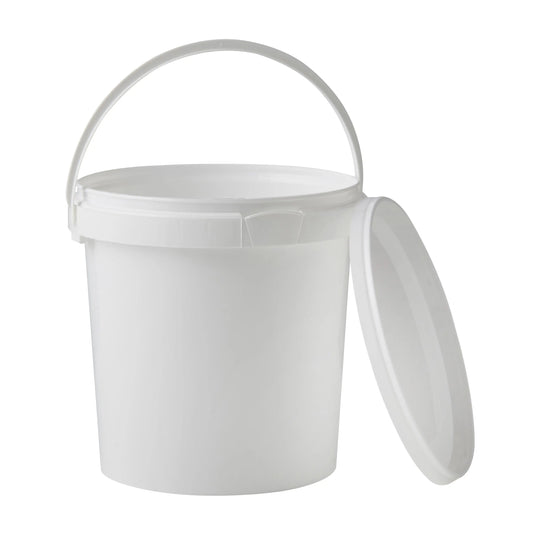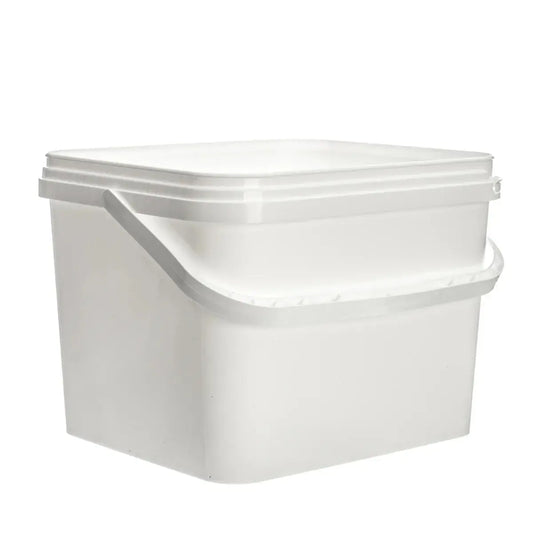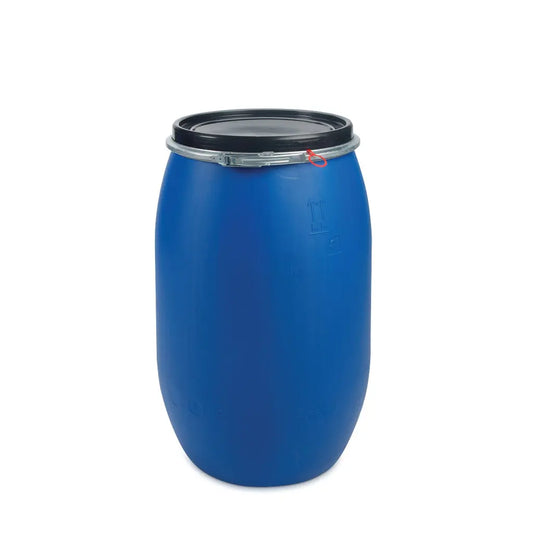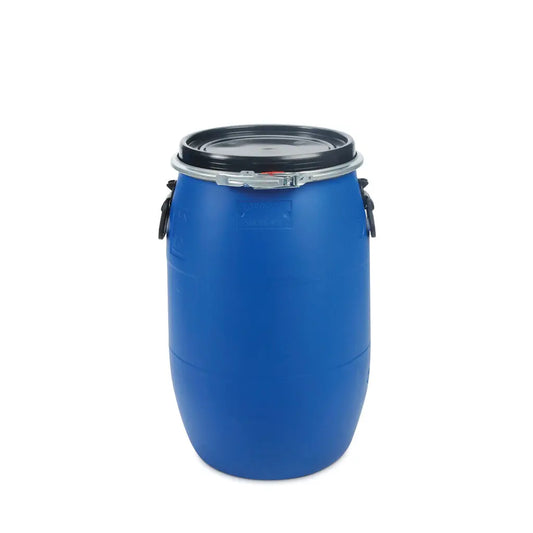Food waste, not a lack of food production, is the biggest contributor to world hunger. Enough food is produced globally to feed all the human beings on the planet. However, one billion meals a day are lost due to a lack of technology and labour, conflict, poor market access, and inadequate food storage.
This is why cutting global food waste in half by 2030 is one of the UN’s key priorities. Plastic packaging, especially rigid forms like plastic tubs, buckets, and bottles, have a key role to play in preserving food quality and reducing food waste.

Harvesting is just the start of the story
The Role of Packaging in Food Preservation
Food packaging protects. And food that’s properly protected lasts longer. There are four major external factors that reduce food longevity.
The Four Key Factors that Affect Shelf-Life:
- Oxygen exposure
- Moisture and humidity
- Temperature sensitivity
- Bacterial contamination
Packaging that provides a barrier to air, moisture and contaminants will ensure food lasts as long as possible. And food that lasts longer can be on the shop shelf for longer, giving retailers more opportunity to sell it. And food that lasts longer on the kitchen shelf, has more opportunities to reach bellies and not bins!

Black plastic buckets protect goods against light
Rigid Plastic Packaging: Types and Uses
Plastic food packaging can be divided into two categories; flexible and rigid. Flexible plastic packaging is soft, thin and flexible. Common examples include cellophane wrappers, cling film and pouches.
Flexible plastic packaging is cheap and extends the shelf-life of goods, such as salad, fruit and vegetables. However, it only offers a light layer of protection and this type of single-use food packaging is the biggest contributor to plastic waste.
Rigid food packaging is made from hard, durable plastic. It offers high-level protection and can be re-sealed, sanitised and used multiple times. Plastic food containers are easily identified by the glass and fork logo. This means they are food-grade tested and certified.
The most common plastic food containers are;
Plastic Tubs: for dairy products, dips and sauces.
Plastic Buckets: for bulk food storage; including ice cream, sweets, popcorn and catering use.
Plastic Bottles and Jerry Cans: for beverages, sauces, oils, and condiments.
The rigid plastic food containers that Invopak supplies are made from mono polyethylene (HDPE) and polypropylene (PP), which can easily be recycled after use (we don’t sell single-use plastic). Our food-grade jerry cans are made from recycled plastic, making them a more sustainable choice than a standard bottle.
How Plastic Packaging Increases Shelf-Life
Plastic is the most commonly used material for food packaging. And there are some key reasons why plastic remains as popular as ever when it comes to storing food:
Barrier Properties: Rigid plastic packaging provides an excellent barrier against oxygen, light, and moisture, preventing food from degrading quickly. Unlike soft plastic packaging, it has high puncture resistance and greater protection when shipping edible goods.
Tamper Resistance: Tamper-evident designs ensure that the contents remain safe and sealed.
Airtight and resealable: One of the best ways of preventing spoilage is to keep the air out. Airtight lids and closures help products stay fresher for longer in-between uses.
Temperature Resilience: Some plastic packaging can handle temperature extremes, including freezing, microwaving and hot filling, which helps extend the shelf-life of food.
Light Protection: Opaque containers, such as black buckets, protect light-sensitive food products, such as coffee, spices and flavours.
Impact of Plastic Packaging on Reducing Food Waste
Plastic packaging remains the most practical and cost-effective choice when it comes to food preservation and minimising food waste.
Food Longevity: Plastic packaging gives food a longer shelf life, which reduces food spoilage, and food waste.
Portion Control and Convenience: 60% of food waste happens at household level. Plastic tubs, buckets, and bottles allow for easy portion control, helping to reduce over-consumption and preserving leftovers.
Resealable Features: Resealable lids and closures keep food fresher for longer once opened.
Transportation Durability: Rigid plastic packaging minimises damage and leaks during transportation, ensuring food reaches consumers in good condition.
Environmental Considerations: Balancing Sustainability and Food Preservation
The environmental concerns surrounding plastic use, including its contribution to pollution are a challenge, but the packaging industry is responding.
HDPE and PP plastic packaging made from a single type of material (mono plastics) is easier to recycle. And it's also possible to buy food grade packaging made from recycled plastic.
Despite the environmental drawbacks to plastic food packaging, it does still have an important role to play in reducing food waste. Producing food incurs a high carbon footprint, and rigid packaging is one of the best ways to preserve food for as long as possible.
Innovations in Sustainable Plastics: One way forward is the use of bio-plastics. Bio-plastic packaging made from sugar cane, and "plastic" seaweed wrap are two successes, that are an encouraging step in the right direction.
Tamper evident tabs keep food secure when it's shipped and stored
Discover Invopak’s range of food packaging
Rigid plastic packaging increases shelf-life and helps reduce food waste. Food producers need a balanced approach between sustainable packaging and the need for food preservation.
Choosing re-usable and recyclable plastic packaging that minimises the environmental impact, whilst offering all the practical benefits of plastic can help.
Please get in touch if you’d like advice on food packaging, we can help with everything from data sheets to printed packaging requests, or you can order your food grade packaging directly online.
